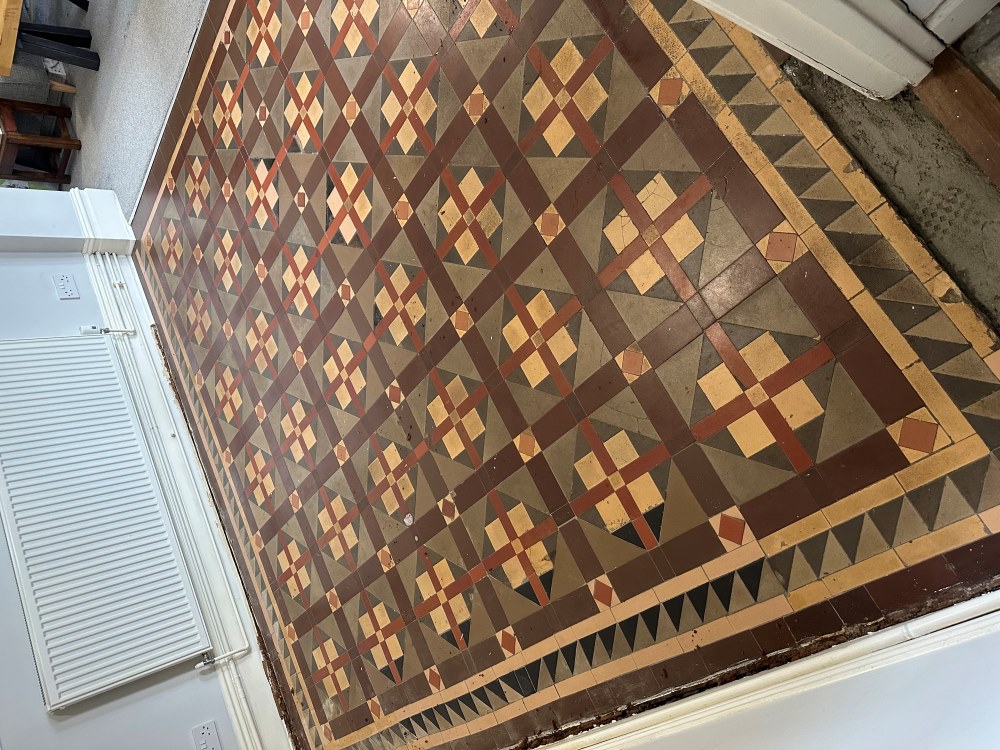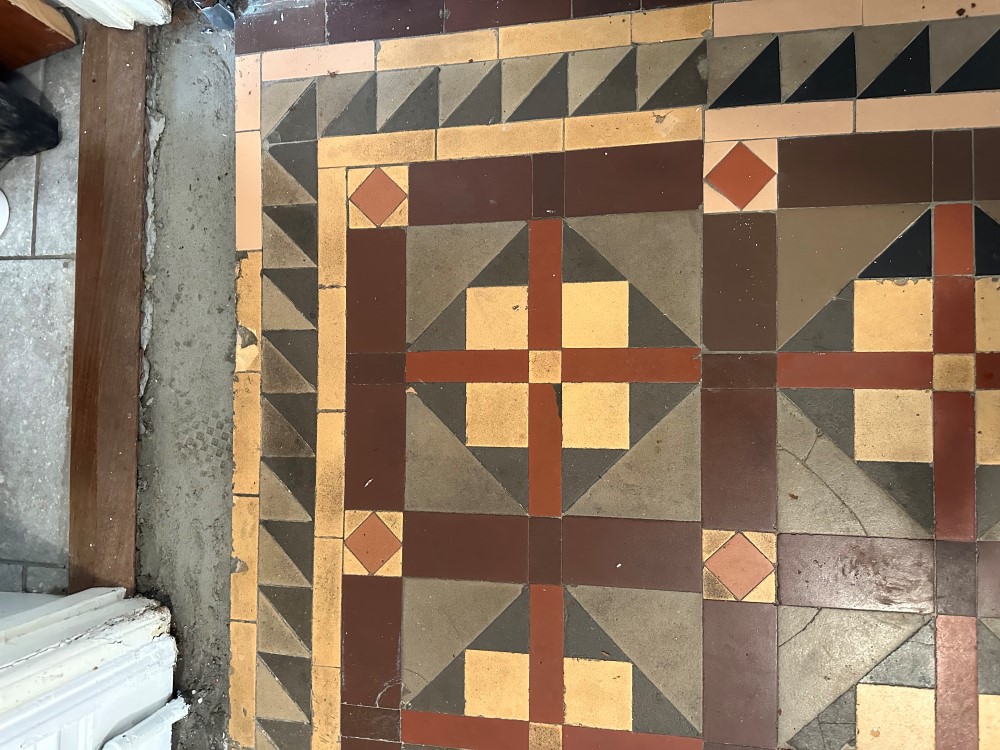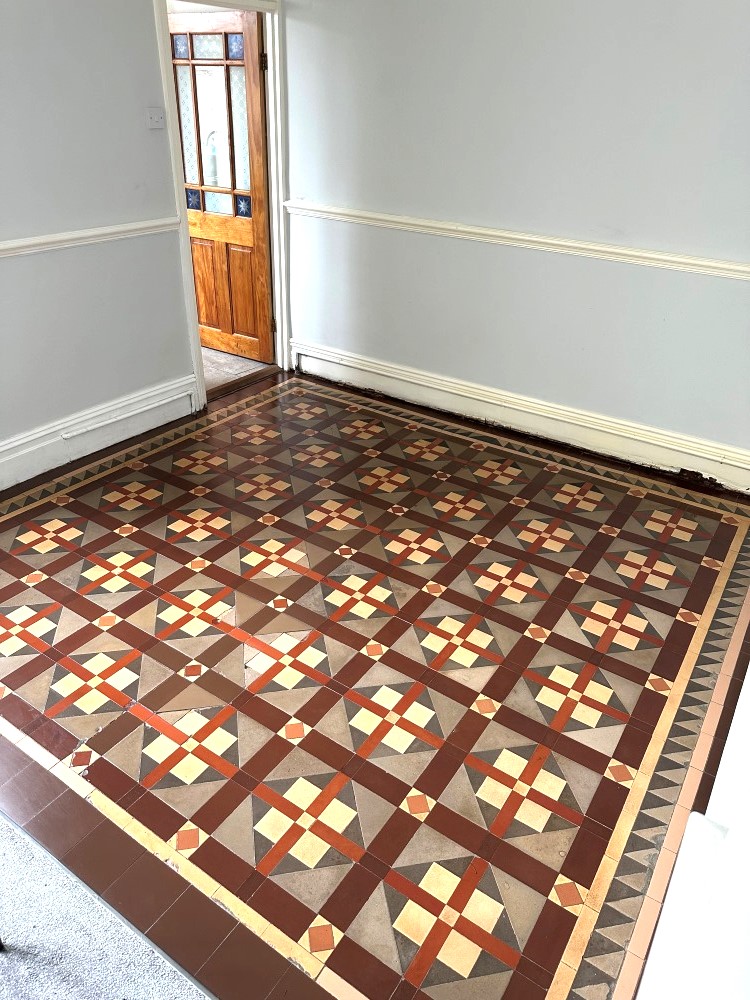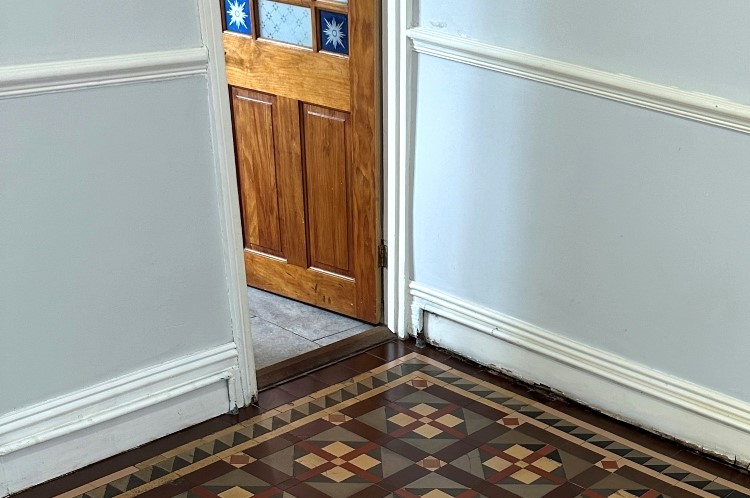Oak hardwood floors are one of the things that can make a home seem extraordinary. It has the natural beauty which does not go out of fashion through time and you are adding to the value of your house if you have oak floors installed. However, although oak is known to be very durable, it can lose its shine over time. It needs to be refinished once the polyurethane covering on its surface starts to wear out.
What You'll Need:
- 20 to 60 grit sandpaper
- Hand sander
- Putty knife
- Long-handled roller
- 120 grit sandpaper
- Wood filler
- Rag
A refinishing job is also important to protect the wood itself from everyday wear and tear. You will only require a weekend to do the job yourself and if you do not possess some of the equipment needed, you can rent it out from your local hardware outlet. Although a bit challenging, the results of your effort will be well worth it.
Step 1 - Prepare the Room
Remove all of the items from the room that has the floor for refinishing. Once the room is free from any obstacle, take out the moldings from the room edges and sweep the floor to make sure that there is no dust around.
Step 2 - Inspect the Floor
Inspect the entire flooring that you will be refinishing. If there are any staples or nails on it, make sure that you are able to remove all of them before doing the refinishing. Nail holes should be filled up with wood putty. Use the spatula to do it. Ensure that you fill out evenly to make the flooring as even as you can. There is no need to sand it since you will be sanding the entire area anyway to remove the old finish.
Step 3 - Prepare the Sander
Take out the instruction manual for the drum sander and assemble it as directed. If the flooring has been heavily worn down, choose 20 grit sandpaper. If the wear is moderate, you can use a 60 grit sandpaper.
Step 4 - Sand the Floor
Sanding should be started from a corner of the room. Move in the direction of the wood grain and allow the drum sander to work for you. Go about the task back and forth until you have the entire area covered. To ensure that everything has been sanded down, overlap each pass by 1 inch.
Step 5 - Sand the Room Edges
Room edges should be sanded down by hand since they cannot be reached by the drum sander. Use the same sandpaper grit that you used on the sander.
Step 6 - Fine Sanding the Room
After you are done with sanding the edges of the room, repeat the sanding process for the entire room, but this time, use a 120 grit sandpaper. This will be your preparation for the staining.



